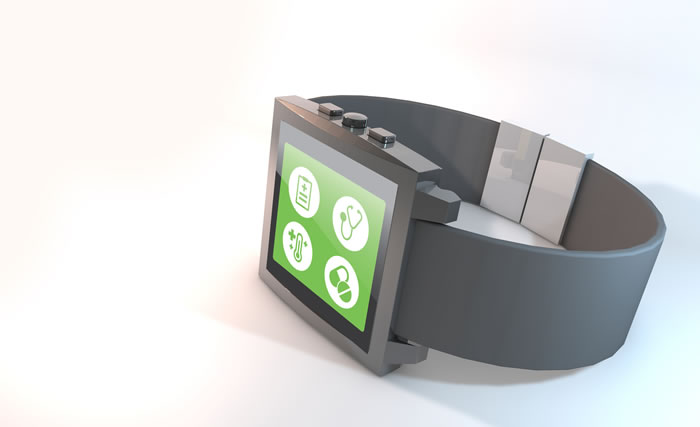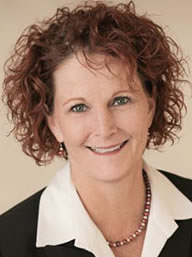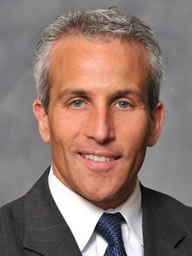 Brian was recently featured in a crowd-sourced article on CIO.com about “AI’s Healthcare Promise Will Serve Patients – And More“.
Brian was recently featured in a crowd-sourced article on CIO.com about “AI’s Healthcare Promise Will Serve Patients – And More“.
“From early disease detection, improved patient safety, reduced or eliminated repeatable/mundane tasks and human errors, and more accurate medical billing, AI will play an expanding role in healthcare”, says Brian E. Thomas, Healthcare CIO. “Simply put, implementing a set of processes that combines both machines and humans will reap the most benefits.”
AI’s healthcare promise
Artificial Intelligence (AI) has the potential to revolutionize the healthcare industry and significantly improve patient outcomes. With its ability to process large amounts of data quickly and accurately, AI can help healthcare providers to make more informed decisions, improve patient care, and streamline operations.
One of the biggest promises of AI in healthcare is its ability to help diagnose and treat diseases more accurately and efficiently. With the vast amounts of patient data being generated every day, AI can analyze this information and identify patterns that may not be noticeable to the human eye. This can help healthcare providers to make more accurate diagnoses, predict potential health issues, and develop individualized treatment plans. AI can also help to identify patients who are at high risk of developing certain conditions and intervene early, reducing the likelihood of serious health problems.
Medical research
Another area where AI has the potential to significantly improve healthcare is in medical research and drug development. AI algorithms can analyze vast amounts of data from clinical trials, medical literature, and patient records, identifying potential treatments and therapeutic targets. This can speed up the development of new drugs and treatments, improving patient outcomes and reducing healthcare costs.
Moreover, AI’s healthcare promise will help to streamline administrative and operational tasks, freeing up time and resources for healthcare providers to focus on patient care. AI-powered chatbots, for example, can provide patients with 24/7 access to healthcare information and assist with scheduling appointments, while automating administrative tasks such as appointment scheduling, claims processing, and record-keeping can reduce errors and increase efficiency.
Conclusion
The potential of AI in healthcare is vast and holds tremendous promise for improving patient outcomes. From improving diagnoses and treatments to streamlining operations, AI has the potential to transform healthcare delivery and provide patients with better, more accessible, and more personalized care. It’s important that healthcare providers embrace this technology and work to harness its potential for the benefit of patients everywhere. And so, AI’s healthcare promise will serve patients.





